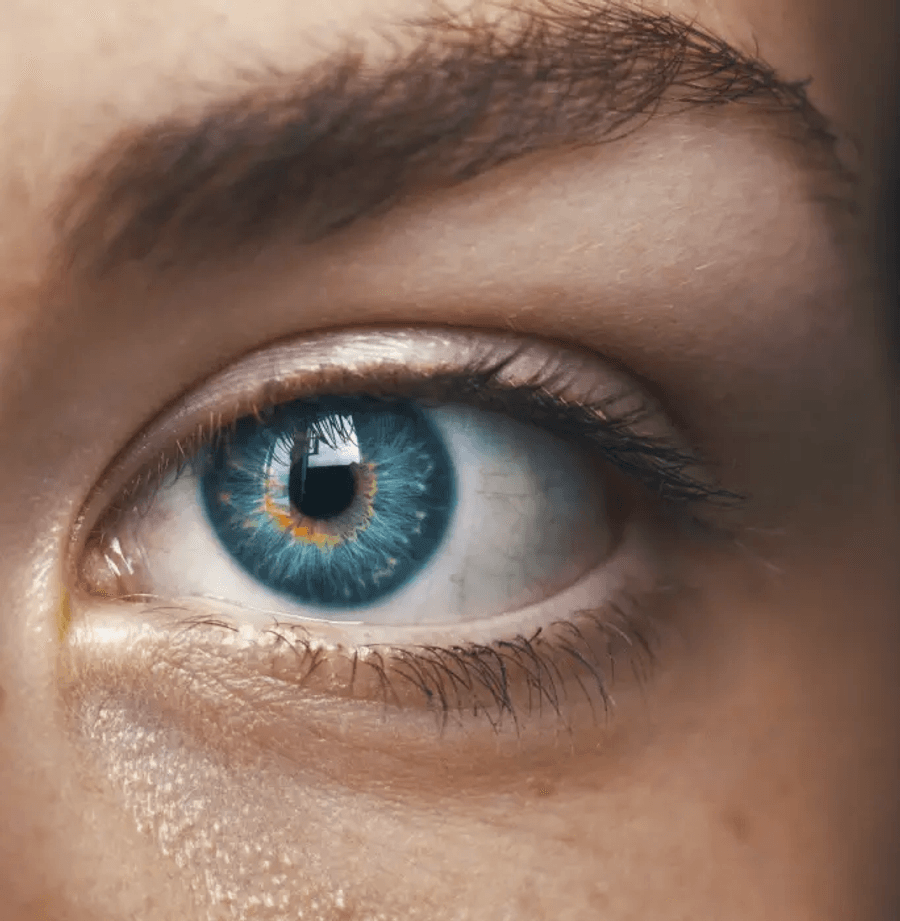Upgrade your vision and change your life with EVO ICL
Upgrade your vision and change your life with EVO ICL

What Is EVO ICL?
EVO ICL is an implantable lens that corrects nearsightedness, with and without astigmatism, through a minimally invasive procedure. The EVO ICL lens is implanted between your iris (the colored part of the eye) and your natural crystalline lens in a quick and safe 20–30 minute procedure. It’s biocompatible and does not remove corneal tissue, so it works with your natural eye and the lens implant is reversible.
EVO ICL does not cause dry eye syndrome and achieves clear vision both day and night.²⁻⁶ EVO ICL is FDA approved.
How we Compare to Other Vision Correction Procedures
EVO
LASIK
PRK
Safety Features
Reversible By a Doctor
Treats eyes with thin corneas⁹
UV Protection
Long-term history
Vision Quality
Sharp and Clear Vision²'³
Patient Experience
20-30 Minute Outpatient Procedure
No Corneal Tissue Removed
Does Not Cause Dry Eye Syndrome⁵'⁶
Lasik and PRK may cause Dry Eye Syndrome⁷'⁸
*Limited
Am I a Potential Good Candidate for EVO ICL?
EVO ICL Candidates:
- Are between 21 and 45 years old.
- Are nearsighted with moderate to severe myopia (-3D to -20D).
- Have not had a change in prescription of more than 0.5D in a year.
- Are looking for a procedure that doesn’t cause dry eye syndrome.

Quick Procedure, Quick Recovery, Great Eyesight





Find a doctor in your area.
Important Safety Information
The EVO Visian ICL Lens is intended for the correction of moderate to high nearsightedness. EVO Visian ICL and EVO Visian TICL surgery is intended to safely and effectively correct nearsightedness between -3.0 D to -15.0 D, the reduction in nearsightedness up to -20.0 D and treatment of astigmatism from 1.0 D to 4.0 D. If you have nearsightedness within these ranges, EVO Visian ICL surgery may improve your distance vision without eyeglasses or contact lenses. Because the EVO Visian ICL corrects for distance vision, it does not eliminate the need for reading glasses, you may require them at some point, even if you have never worn them before.
Implantation of the EVO Visian ICL is a surgical procedure, and as such, carries potentially serious risks. Please discuss the risks with your eye care professional. Complications, although rare, may include need for additional surgical procedures, inflammation, loss of cells from the back surface of the cornea, increase in eye pressure, and cataracts.
You should NOT have EVO Visian ICL surgery if:
- Your doctor determines that the shape of your eye is not an appropriate fit for the EVO Visian ICL
- You are pregnant or nursing
- You have moderate to severe damage to the optic nerve caused by increased pressure (glaucoma)
- You do not meet the minimum endothelial cell density for your age at the time of implantation as determined by your eye doctor
- Your vision is not stable as determined by your eye doctor
Before considering EVO Visian ICL surgery you should have a complete eye examination and talk with your eye care professional about EVO Visian ICL surgery, especially the potential benefits, risks, and complications. You should discuss the time needed for healing after surgery. For additional information with potential benefits, risks and complications please visit DiscoverICL.com.
Select Your Region
Latin America
References
1. Packer M. The Implantable Collamer Lens with a central port: review of the literature. Clin Ophthalmol. 2018;12:2427-2438.
2. Martínez-Plaza E, López-Miguel A, López-de la Rosa A, et al. Effect of the EVO+ Visian Phakic Implantable Collamer Lens on Visual Performance and Quality of Vision and Life, Am J Ophthalmol 2021;226:117-125.
3. Packer M. Evaluation of the EVO/EVO+ Sphere and Toric Visian ICL: Six month results from the United States Food and Drug Administration clinical trial. Clinical Ophthalmology. 2022;16:1541-53.
4. Parkhurst GD. A prospective comparison of phakic collamer lenses and wavefront-optimized laser-assisted in situ keratomileusis for correction of myopia. Clin Ophthalmol. 2016;10:1209-1215.
5. Zhang H, Deng Y, Ma K, Yin H, Tang J. Analysis on the changes of objective indicators of dry eye after implantable collamer lens (ICL) implantation surgery. Graefes Arch Clin Exp Ophthalmol. 2024 Jul; 262(7):2321-2328
6. Shoja, MR. Besharati, MR. Dry eye after LASIK for myopia: Incidence and risk factors. Eur J of Ophthalmol. 2007; 17(1): pp. 1-6.
7. Lee, Jae Bum et al. Comparison of tear secretion and tear film instability after photorefractive keratectomy and laser in situ keratomileusis. J Cataract Refract Surg., Volume 26 , Issue 9 , 1326 - 1331.
8. Parkhurst, G. Psolka, M. Kezirian, G. Phakic intraocular lens implantantion in United States military warfighters: A retrospective analysis of early clinical outcomes of the Visian ICL. J Refract Surg. 2011;27(7):473-481.
Feeling unsure?
We get it. Decisions like this take time to consider and research. We can help guide your decision with information that's the most relevant to you.
Do you currently wear glasses or contacts?





